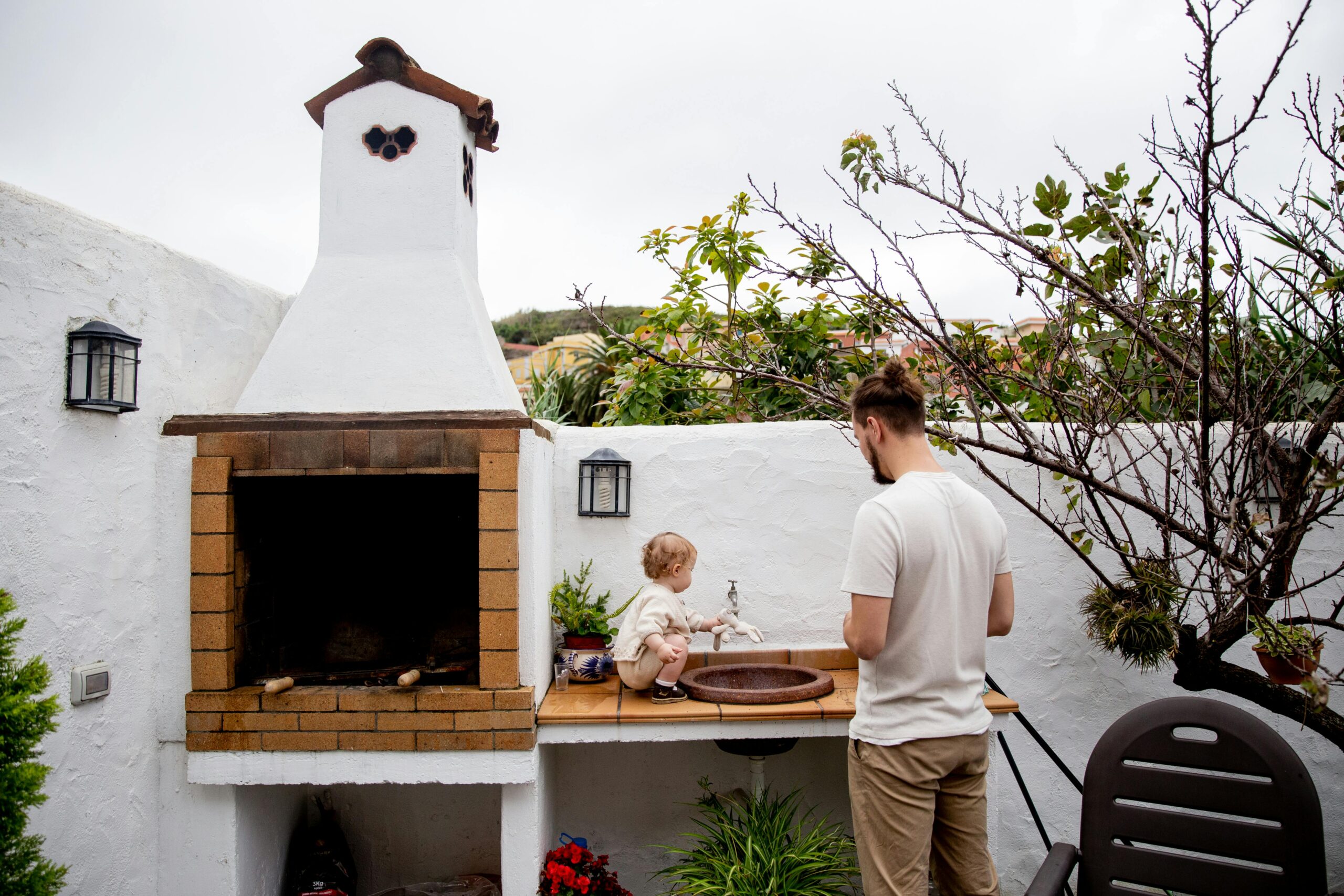The aroma of freshly baked pizza wafting through your backyard is one of life’s simple pleasures, and installing an outdoor pizza oven can transform your patio into a gourmet dining destination. Homeowners face a crucial decision when selecting the best pizza oven for home use: traditional wood-fired or modern gas-powered? This outdoor pizza oven comparison explores the key differences between these two popular options, examining factors like flavor, convenience, installation requirements, and backyard pizza oven cost to help you make an informed decision for your outdoor living space.
The Flavor Factor: Does Fuel Type Really Matter?
The wood-fired vs gas pizza oven debate often begins with taste, and for good reason. Wood-fired ovens impart a distinctive smoky flavor that many pizza enthusiasts consider essential to authentic Neapolitan-style pizzas. The dancing flames and smoldering wood create variable heat zones within the oven, allowing experienced cooks to manipulate cooking conditions for a perfectly charred crust with bubbling toppings. The subtle infusion of woody aromatics—whether from oak, maple, or fruit woods—creates a complexity of flavor that’s difficult to replicate.
Gas-powered outdoor pizza ovens, meanwhile, offer remarkably consistent results. While they don’t provide the same smoky essence, they deliver reliable heat distribution that many home cooks find easier to manage. Modern high-end gas models can reach temperatures nearly identical to their wood-burning counterparts, creating that coveted char and rapid cooking time. For those who prioritize the pizza itself over the specific wood-fired characteristics, gas ovens produce exceptional results with less variability between batches.
Convenience and Operational Considerations
When building outdoor pizza kitchen spaces, the convenience factor heavily influences many homeowners’ decisions. Wood-fired ovens require significant preparation time—typically 45-90 minutes to reach optimal cooking temperature. They demand attention throughout the cooking process, with regular monitoring and addition of fuel to maintain consistent heat. There’s also the matter of sourcing, storing, and keeping dry appropriate cooking woods, which adds another layer of complexity to the experience.
Gas-powered alternatives shine in terms of convenience. Most models heat up in 15-20 minutes, feature precise temperature controls, and maintain steady heat without intervention. This push-button simplicity makes impromptu pizza nights feasible even on weeknights. For families or entertainers who value spontaneity and ease of use, gas models from respected manufacturers offer significant advantages when seeking the best pizza oven for home installation.
Installation Requirements and Spatial Planning
The physical requirements for each type of oven vary considerably. Traditional wood-fired ovens are typically heavier, larger structures that may require professional installation by specialists found through platforms like AskHomey. These ovens often become permanent backyard fixtures with substantial footprints. When building outdoor pizza kitchen areas around wood-fired ovens, you’ll need to consider proper ventilation, fireproof surroundings, and potentially municipal permits depending on your location.
Gas-powered pizza ovens generally offer more flexibility in terms of placement and installation. Many models are relatively portable, allowing for repositioning or storage when not in use. They connect to existing natural gas lines or propane tanks, requiring simpler hookups than their wood-fired counterparts. This adaptability makes gas ovens particularly suitable for homeowners with limited space or those who might relocate in the future.
The Investment: Understanding Backyard Pizza Oven Cost
The financial aspect of the outdoor pizza oven comparison reveals significant variations. Entry-level portable wood-fired ovens start around $300-500, while built-in masonry versions can easily exceed $5,000 with professional installation. Beyond the initial purchase, wood-fired ovens incur ongoing fuel costs and occasionally require maintenance of the cooking floor and dome.
Gas pizza ovens typically range from $400 for tabletop models to $4,000 for premium built-in versions. While the initial investment might be comparable to wood-fired options, gas ovens generally cost less to operate over time, with natural gas being more economical than purchasing cooking woods. The simplified maintenance requirements also reduce long-term expenses, making gas options financially attractive for budget-conscious homeowners.
Making Your Decision: Lifestyle Considerations
When choosing between wood-fired vs gas pizza oven options, consider how the oven will fit into your lifestyle. Wood-fired ovens offer an immersive cooking experience that becomes an event in itself—ideal for enthusiasts who enjoy the process as much as the result. The rustic aesthetic and traditional cooking method create a focal point for outdoor entertaining spaces.
Gas-powered alternatives cater to practical, convenience-oriented homeowners who value consistent results without extensive preparation. These models integrate seamlessly into modern outdoor kitchens, complementing other gas appliances while providing the versatility to cook pizzas, breads, and roasted dishes with minimal fuss.
Regardless of your preference, incorporating a pizza oven into your outdoor living space elevates your culinary capabilities and creates memorable dining experiences right in your backyard. The best pizza oven for your home ultimately depends on your cooking style, space constraints, and how you plan to use this versatile outdoor cooking appliance.
For more tips and to connect with reliable home service professionals, follow AskHomey on Facebook and Instagram.



